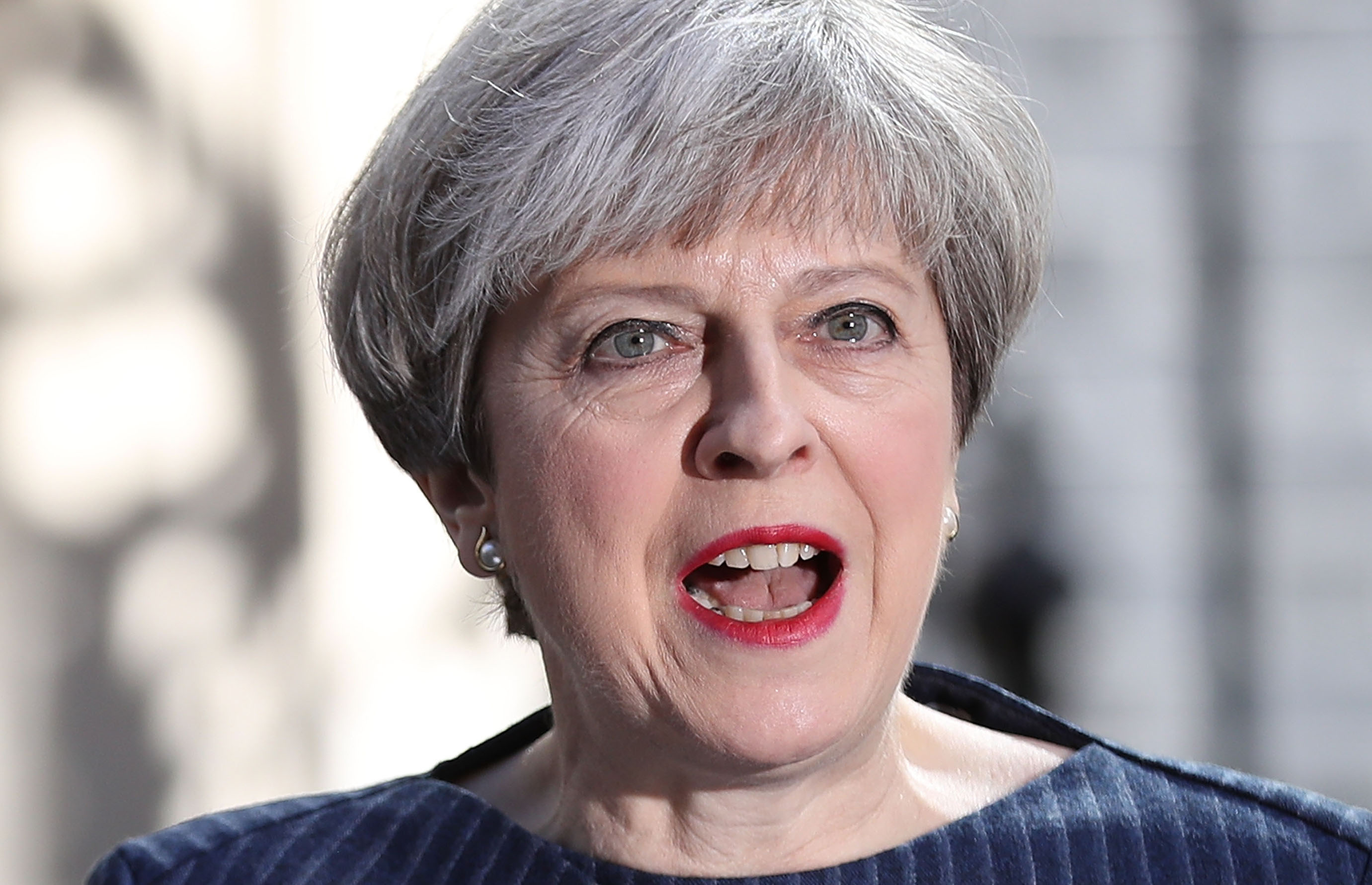Theresa May has said she wants a General Election on 8 June.
It’s a big U-turn. Number 10 had repeatedly and categorically ruled out taking this step and political journalists were caught by surprise.
The Prime Minister – who only has a working Commons majority of 17 as the government begins negotiating Brexit – said she wanted to strengthen her position in the face of threats by opposition parties to vote against the government.
But it can’t have escaped her notice that the Conservatives also have a sizeable lead over Labour in the polls.

What happens next?
Prime Ministers used to be able to call snap elections whenever they wanted.
The Fixed Term Parliaments Act, brought in by the Conservative/Lib Dem coalition in 2011, now makes the process a bit harder – but not much.
Two-thirds of MPs in the House of Commons (433) need to back a motion resolving “that there shall be an early parliamentary election”.
The vote will happen on Wednesday. The Labour and Lib Dem leaders have already indicated that they will vote with the government, as expected (opposition parties have to be seen to welcome elections).
What do the polls say?
Yougov’s latest voter intention poll (for the Times) has the Conservatives in the lead on 44 percent, up from 42 per cent the week before.
Labour are on 23 per cent, down two percentage points from the previous poll.
This is the party’s lowest share in any major poll since June 2009. But that was when Gordon Brown was Prime Minister, and parties in power are generally less popular than the opposition.
In opposition, Labour haven’t slumped to 23 per cent since a poll done just before the June 1983 election (when Michael Foot lost to Margaret Thatcher), according to Mark Pack’s historic database PollBase.
This figure marks the low point of support for Labour in opposition since regular polling began in 1943.
The YouGov poll isn’t against the run of play.
The most recent survey by Comres has Labour on 25 per cent but the Tories on 46, maintaining their 21-point lead.
What would this mean in a general election? Of course the simple answer is that we don’t know for sure.
But if we run various polling numbers through the Electoral Calculus prediction model, things don’t look good for Labour.
Using an average of voter intention polls from March, Electoral Calculus predicts a Conservative landslide, with Theresa may gaining 51 seats and Labour losing 47 (from today’s totals):

This would mean a Conservative majority of 112 and the lowest number of Labour MPs in Westminster since 1935.
If we put in more pessimistic recent polling for Labour, the Tories end up with an even more crushing victory and 400 seats in parliament.
But can we trust the polls?
The obvious question here is why should we place any faith in opinion polling, since most pollsters failed to predict the right general election result last time?
Most polls thought Labour and the Conservatives were neck-and-neck in the run-up to the 2015 vote, and we were headed for another coalition.
The industry has done a lot of soul-searching since then, and a report by the British Polling Council found that “the methods the pollsters used to collect samples of voters systematically over-represented Labour supporters and under-represented Conservative supporters”.
It remains to be seen whether polling companies will improve their methodologies to get a more accurate result this time.
But there is an obvious point to be made: the errors last time tended to flatter Labour and underestimate the Conservatives.
So the inaccuracy of the polls last time around should not be of any comfort to Labour supporters.



